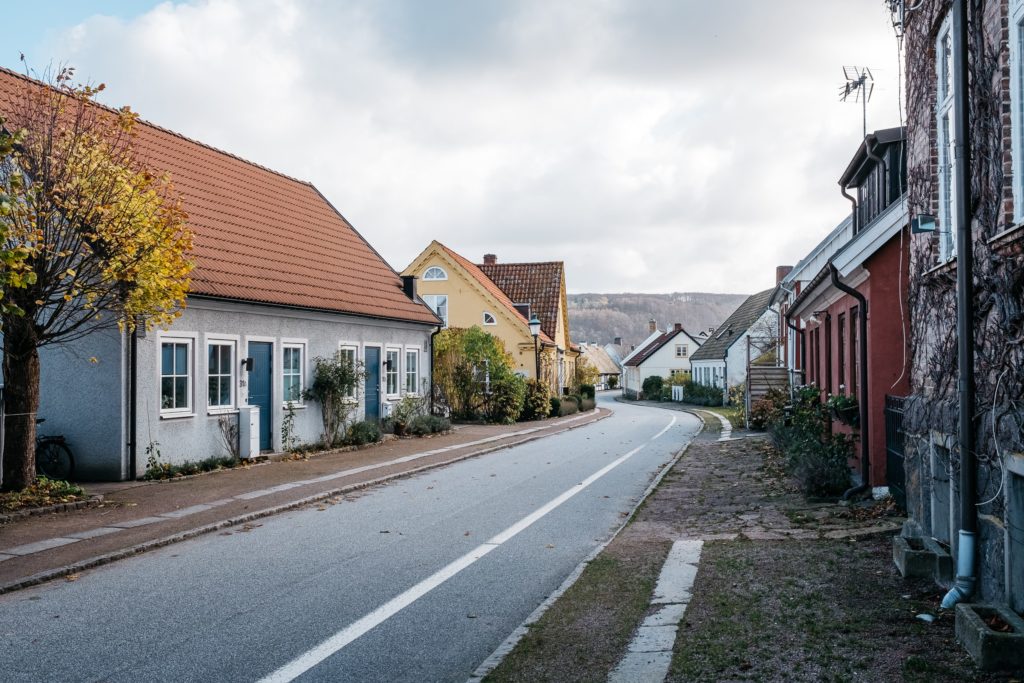
The European Commission has recently published specific information on Cohesion Policy supporting rural areas and communities.
Cohesion Policy investments target all EU territories. Yet, more than 58% of them are not linked to a specific type of territory. It is therefore likely that rural areas are actually benefitting from more Cohesion Policy investments than what is reflected in the collected data.
In the 2014-2020 programming period, more than 69% of the planned Cohesion Policy funds targeting rural areas come from the European Regional and Development Fund (ERDF), followed by the European Social Fund (ESF) (18%) and the Cohesion Fund (CF) (13%).
By the end of 2020, selected operations in rural areas under ERDF and CF alone received €34,5 billion from the EU budget (€46,2 billion with national contributions). It represents close to one quarter of all Cohesion Policy investments targeting a specific type of territory.
According to the degree of development of the regions, rural areas received different shares of Cohesion Policy investments: less developed regions benefitted the most (60% of the planned allocation), followed by transition (10%) and more developed ones (9%).
Moreover, Cohesion Policy investments are divided into eleven thematic objectives (TOs) addressing different challenges and opportunities of rural areas. Among the TOs, the largest amounts went to: (i) Environment Protection and Resource Efficiency; (ii) Network Infrastructures in Transport and Energy; (iii) Competitiveness of SMEs.
Cohesion Policy also provides targeted and coordinated set of investments through integrated territorial and local development strategies. The mapping web tool Strat-Board includes features of these strategies.
In addition, the REGIO database provides examples of projects that are directly linked to the priorities that need to be addressed in rural areas.
The Cohesion Policy beyond 2020 will keep on investing in all regions. Further to the GDP per capita, new criteria are added (youth unemployment, low education level, climate change, and the reception and integration of migrants) to better reflect the reality on the ground.